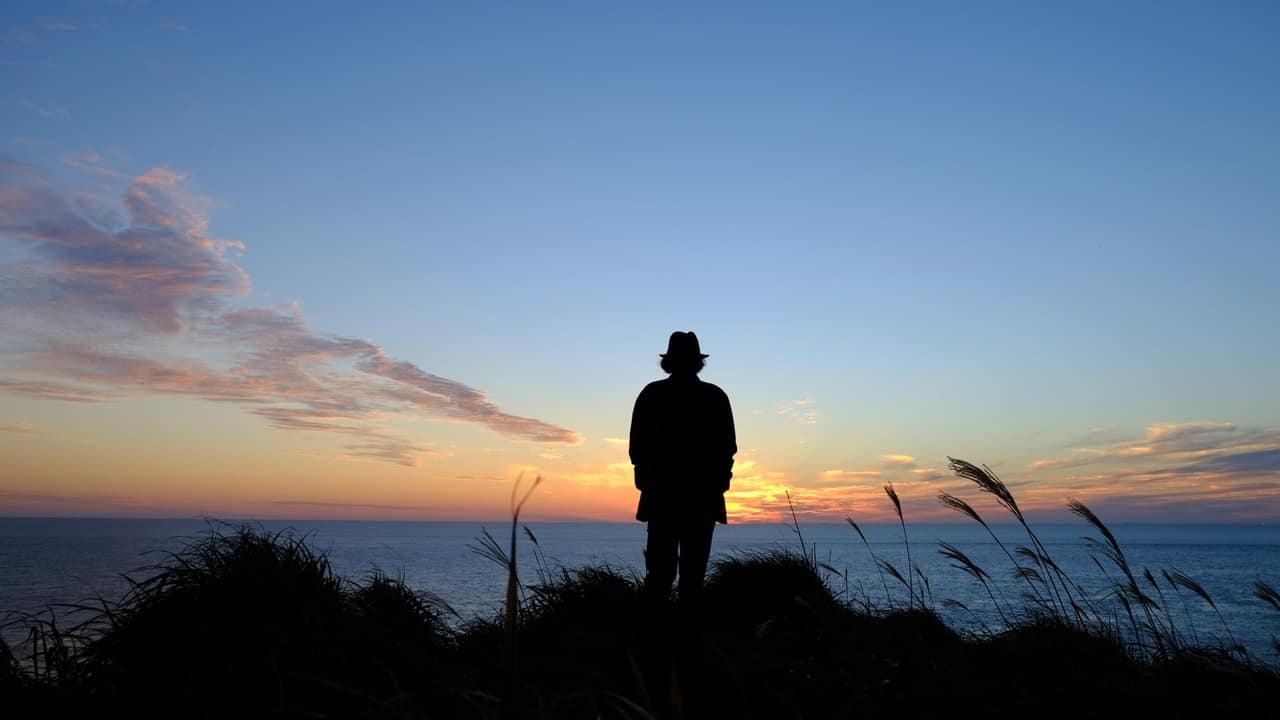The evolution of photography as an art form and its technology brought a lot of developments, thus revolutionizing the way we perceive pictures and how we take them. One of the most interesting phenomena has to be the concept of the snapshot, a picture taken in the moment, without it being staged and with perhaps some imperfections taken into account. While not necessarily regarded as artistic, the spontaneous and authentic nature of the snapshot made it into a very attractive approach for many artists, aiming to capture the world around them as it is rather than how it wants to be seen. Among the many photographers using the concept within their palette, Daido Moriyama perhaps is one of the most prominent examples of photographers who have made the snapshot and therefore also digital photography the core technique in their repertoire. On the occasions of his work “Japan: A Photo Theater” being re-released for its 50th anniversary, director Gen Iwama chose to take a look at the artist once again, his approach to art and photography as well as his view on Japan in “The Past Is Always New, The Future Is Always Nostalgic: Photographer Daido Moriyama”.
The Past Is Always New, The Future Is Always Nostalgic: Photographer Daido Moriyama is screening as part of The Japan Foundation Touring Film Programme
In 1996, Iwama had already directed a documentary titled “Photographer Daido Moriyama 1996: What Did the Dog On the Street See”, which dealt with the approach the artist had chosen (and still utilizes) for his work. As he was asked about his feature in a Japanese talk show, he started questioning his approach, most specifically, whether he had not only captured this elusive artist, but also portrayed his importance within the history of Japanese arts, which eventually resulted in the idea for a new feature, and a new collaboration with Moriyama. Apart from his technique, “The Past Is Always New …” may also be regarded as something of a survey of the art of photography, most importantly, the technology, and how that influenced the development of Moriyama as an artist. While this first part of the documentary shows this development, the other portrays the events surrounding the re-release of “Japan: A Photo Theater” along with an artist re-encountering his pictures from such as long time ago and how he sees them now that he is older.
However, the most interesting and insightful part of “The Past Is Always New …” has to be when Iwama accompanies Moriyama upon his travels through Tokyo, taking pictures and finding the right moments to capture on film. Even though the artist claims he does not like to be observed by another camera, he does not seem to be inhibited by this presence at all, especially as he goes through the streets and alleys of Shibuya, one of his most beloved motifs in his photographs. He talks about always having his camera by his side, which was made even easier with the invention of digital photography. Now he takes a picture whenever he feels like it or thinks he might capture something worthwhile, without having to think twice about wasting film or having to change it. Iwama also shows the results of these trips – the photo of a female student probably on her way home or a group of salarymen standing at a traffic crossing, waiting for the light to change – which gives the viewer a sense of how Moriyama perceives the world, the city and its people, capturing the beauty, the stress and the mundanity of urban life.
Apart from these moments, “The Past Is Always New …” includes segments which are more or less obligatory for a documentary such as this, but which are interesting all the same. Whether it is the interview with Takuma Nakahira, one of Moriyama's lifelong friends and colleagues, or the preparation of an exhibition of his works at Paris Photo 2019, the audience gets to know a lot of background to Moriyama and also the story behind some of his snapshots from “Japan: A Photo Theater”.
To sum up, “The Past Is Always New, The Future Is Always Nostalgic: Photographer Daido Moriyama” by Gen Iwama is a very insightful documentary about the life, work and the approach of the famous photographer. Along with these aspects, we also get to a glimpse of the development of photography as an art form, especially its technological milestones, and how they played a role in the definition of Daido Moriyama as an artist.

















Comment louer ou acheter ce documentaire
I do not think it is streaming or screening anywhere at the moment, if we learn of something, we will let you know